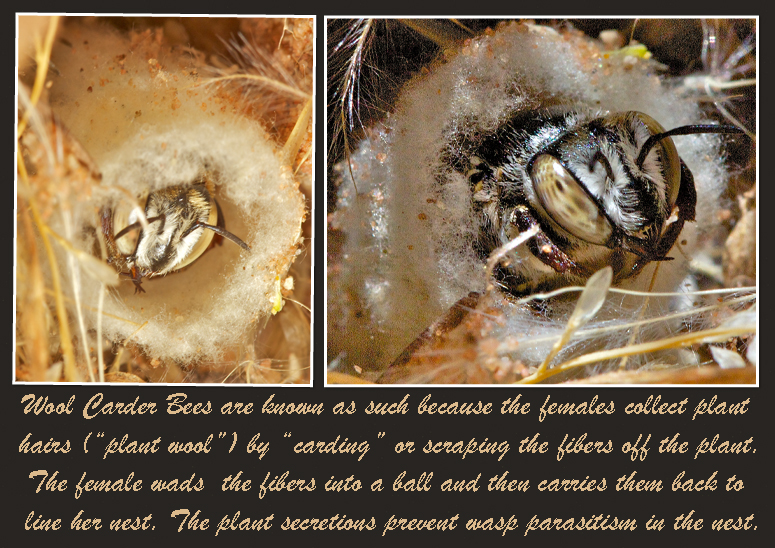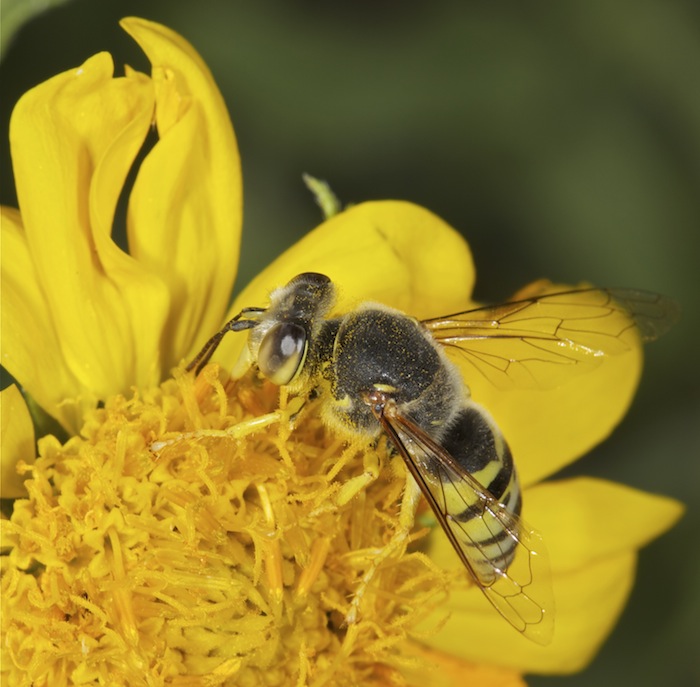Insect or Invertebrates Identification - DONE
Moderator: Klipspringer
-
Klipspringer
- Global Moderator
- Posts: 5858
- Joined: Sat Sep 14, 2013 12:34 pm
- Country: Germany
- Contact:
Re: Insect or Invertebrates Identification
She has been trying to ID this for years now, so you can expect a prize 
- Lisbeth
- Site Admin
- Posts: 65762
- Joined: Sat May 19, 2012 12:31 pm
- Country: Switzerland
- Location: Lugano
- Contact:
Re: Insect or Invertebrates Identification
I have not exactly IDed it 

"Education is the most powerful weapon which you can use to change the world." Nelson Mandela
The desire for equality must never exceed the demands of knowledge
The desire for equality must never exceed the demands of knowledge
-
Klipspringer
- Global Moderator
- Posts: 5858
- Joined: Sat Sep 14, 2013 12:34 pm
- Country: Germany
- Contact:
Re: Insect or Invertebrates Identification
This one should also go to the Hymenoptera book.
Anthidium or Afranthidium sp.
Do you have a photo of the bee outside the nest? (Does not help, because we can not ID (except: Anthidium severini) , but I am curious to see it)
http://www.waspweb.org/Apoidea/Megachil ... /index.htm
Construct multi-celled nests out of resin, soil and plant fibres which are combed to a cotton-like texture using their mandibles. Nests often built in existing cavities in soil or stems. Nests are provisioned with a mix of pollen and nectar.
Tribe Anthidiini
Anthidiini mostly have pallid markings on the integument and a small pterostigma, which is less than twice as long as wide. These are the carder bees. They mostly use plant fibre in nest construction and mostly collect pollen; some species, however, are parasitic. The genera and subgenera, especially males, are often difficult to separate and Michener (2007) should be consulted for additional information.
Genus Afranthidium Michener
Afranthidium has five or more mandibular teeth, no arolia and the male tergum 5 has the distal margin depressed and more finely punctate than the remainder of the tergum. In spite of its name, Afranthidium occurs in both the Afrotropical and Palaearctic regions. It is a large genus of pollen collecting bees with 11 subgenera.
Genus Anthidium Fabricius
Anthidium can be identified by a combination of characters: straight subantennal suture; female tergum 6 with an apically depressed rim, posteromedian notch and lateral tooth, on angle or on shoulder. The species in Anthidium are pollen collecting bees. The genus occurs through the Holarctic and is widely spread in Africa.
http://www.abctaxa.be/volumes/vol-7-bees/
Anthidium or Afranthidium sp.
Do you have a photo of the bee outside the nest? (Does not help, because we can not ID (except: Anthidium severini) , but I am curious to see it)
http://www.waspweb.org/Apoidea/Megachil ... /index.htm
Construct multi-celled nests out of resin, soil and plant fibres which are combed to a cotton-like texture using their mandibles. Nests often built in existing cavities in soil or stems. Nests are provisioned with a mix of pollen and nectar.
Tribe Anthidiini
Anthidiini mostly have pallid markings on the integument and a small pterostigma, which is less than twice as long as wide. These are the carder bees. They mostly use plant fibre in nest construction and mostly collect pollen; some species, however, are parasitic. The genera and subgenera, especially males, are often difficult to separate and Michener (2007) should be consulted for additional information.
Genus Afranthidium Michener
Afranthidium has five or more mandibular teeth, no arolia and the male tergum 5 has the distal margin depressed and more finely punctate than the remainder of the tergum. In spite of its name, Afranthidium occurs in both the Afrotropical and Palaearctic regions. It is a large genus of pollen collecting bees with 11 subgenera.
Genus Anthidium Fabricius
Anthidium can be identified by a combination of characters: straight subantennal suture; female tergum 6 with an apically depressed rim, posteromedian notch and lateral tooth, on angle or on shoulder. The species in Anthidium are pollen collecting bees. The genus occurs through the Holarctic and is widely spread in Africa.
http://www.abctaxa.be/volumes/vol-7-bees/
ExFmem wrote: ↑Tue Feb 26, 2019 1:54 am We arrived at TweeR before check-in time, so pulled into the Bus/picnic area just inside the camp fence so I could look for insects. Here are some of the bees I found:
The next one is a bee I had never even heard of. I saw an insect (didn't know it was a bee at the time) repeatedly flying in and out of a "cotton-like" tube in the underbrush, and couldn't figure out how/what had even constructed such a niche. Upon my return home, here's what I found:
The male carder bee can often be seen jealously guarding a patch of flowers. He can be quite aggressive, fending off any interlopers by darting and chasing. If necessary, he will even wrestle a competitor to the ground—even bees much larger than himself, such as bumble bees and honey bees. Female wool carders are allowed into the guarded area to forage—in return for the chance to mate.
(https://www.frontiersin.org/articles/10 ... 00086/full)
- Lisbeth
- Site Admin
- Posts: 65762
- Joined: Sat May 19, 2012 12:31 pm
- Country: Switzerland
- Location: Lugano
- Contact:
Re: Insect or Invertebrates Identification
"Education is the most powerful weapon which you can use to change the world." Nelson Mandela
The desire for equality must never exceed the demands of knowledge
The desire for equality must never exceed the demands of knowledge
Re: Insect or Invertebrates Identification
-
Klipspringer
- Global Moderator
- Posts: 5858
- Joined: Sat Sep 14, 2013 12:34 pm
- Country: Germany
- Contact:
Re: Insect or Invertebrates Identification
Re: Insect or Invertebrates Identification
As far as the Wool Carder Bee - no, I only got those two pics as it flew straight in, then straight out, never touching the ground. Was pretty impressive with its precision guidance system being able to maneuver into the exact TINY hole at a high rate of speed. I didn't even have any way to focus, just point the camera at the entrance and wait for slight movement, then blindly shoot. Tried to see where it was flying off to, to no avail. 
Re: Insect or Invertebrates Identification
************************Klipspringer wrote: ↑Sat May 09, 2020 10:06 pm
This is a Bembix. Do you have more photos, a dorsal view would help to Id to species level.
We have a photographic key with abdomen pattern here
https://www.researchgate.net/publicatio ... on_biology
Here are a few more pics of the Bembix:
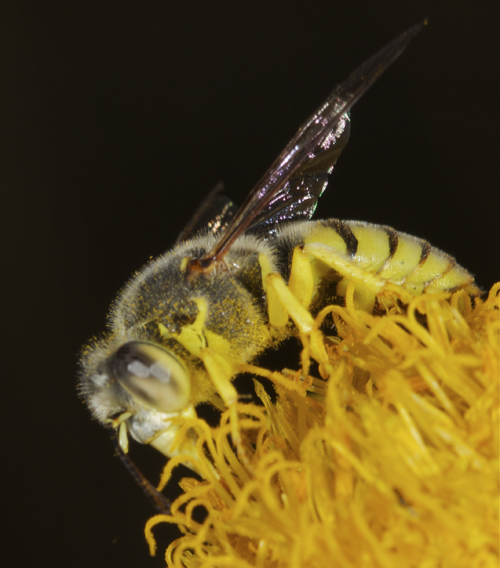
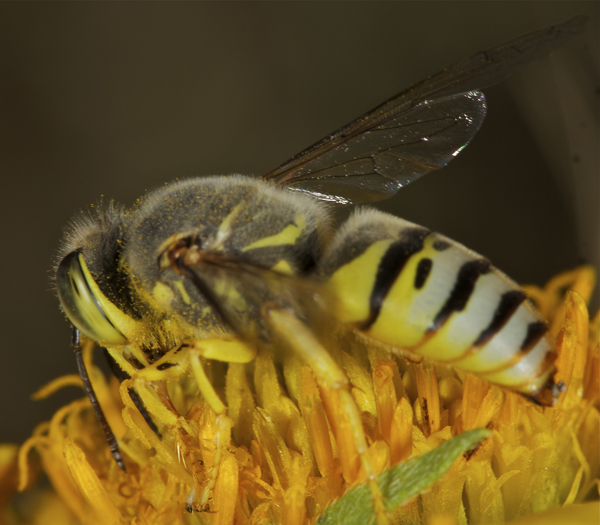
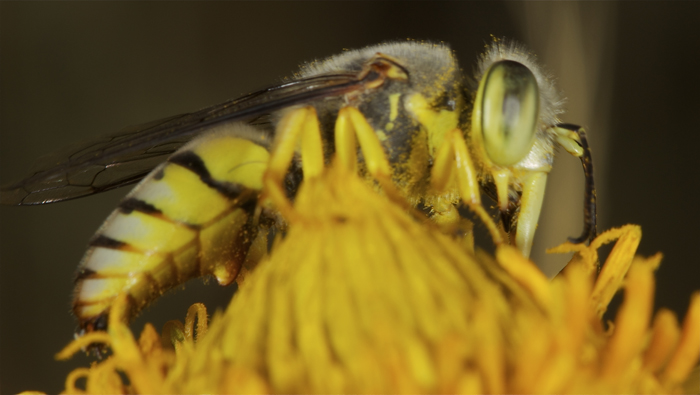
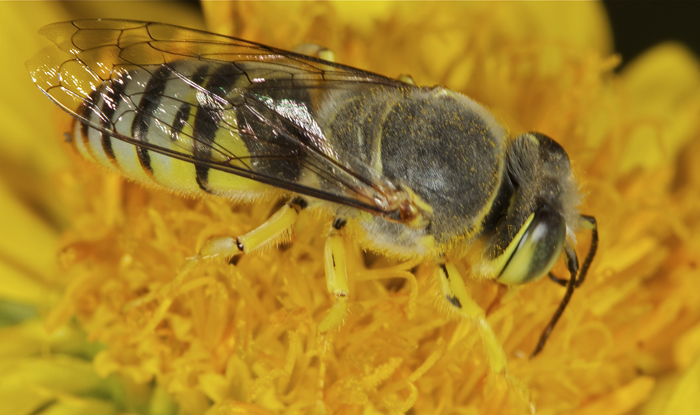
Re: Jumping Spider IDs and Comments
File 7 was taken on Sept. 15 and file 8 on Sept. 16, and 17 photos later. It COULD be the same Genus, of course, taken on a diff. day, but it's the only pic I got of file 8 spider. Like I said, some of them I just didn't get enough angles to ID.Klipspringer wrote: ↑Fri May 08, 2020 12:28 pm
Can you check if this one (file 8) is maybe the same as file 7?
I'll try to do better next time, Teach.
-
Klipspringer
- Global Moderator
- Posts: 5858
- Joined: Sat Sep 14, 2013 12:34 pm
- Country: Germany
- Contact:
Re: Insect or Invertebrates Identification
Very good, with these new photos we can work 


These two would fit in the distribution records for KTP
c = B. capensis
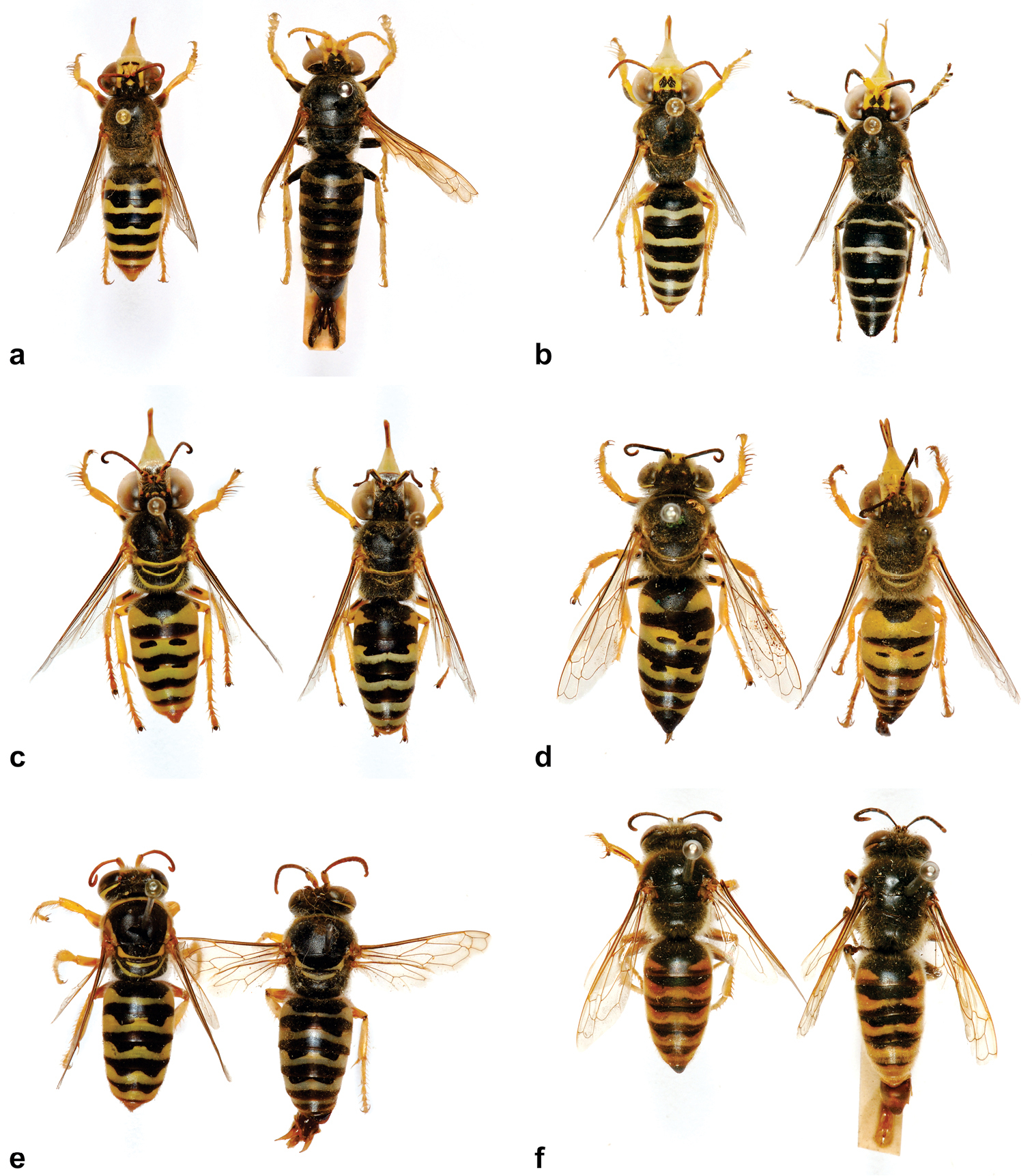
c = B. olivata
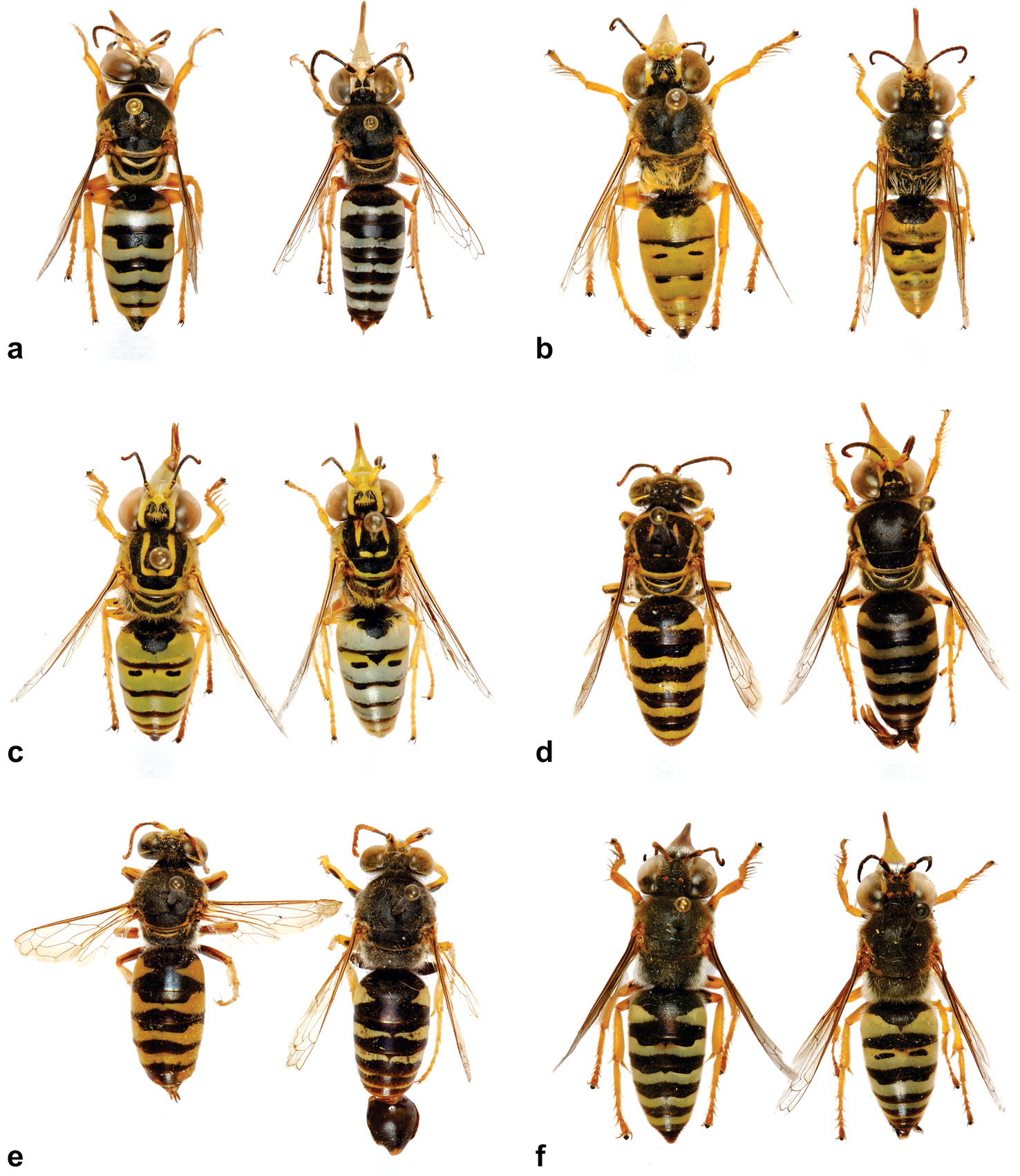
Makes it a very good B. capensis, I'd say
These two would fit in the distribution records for KTP
c = B. capensis

c = B. olivata

Makes it a very good B. capensis, I'd say



